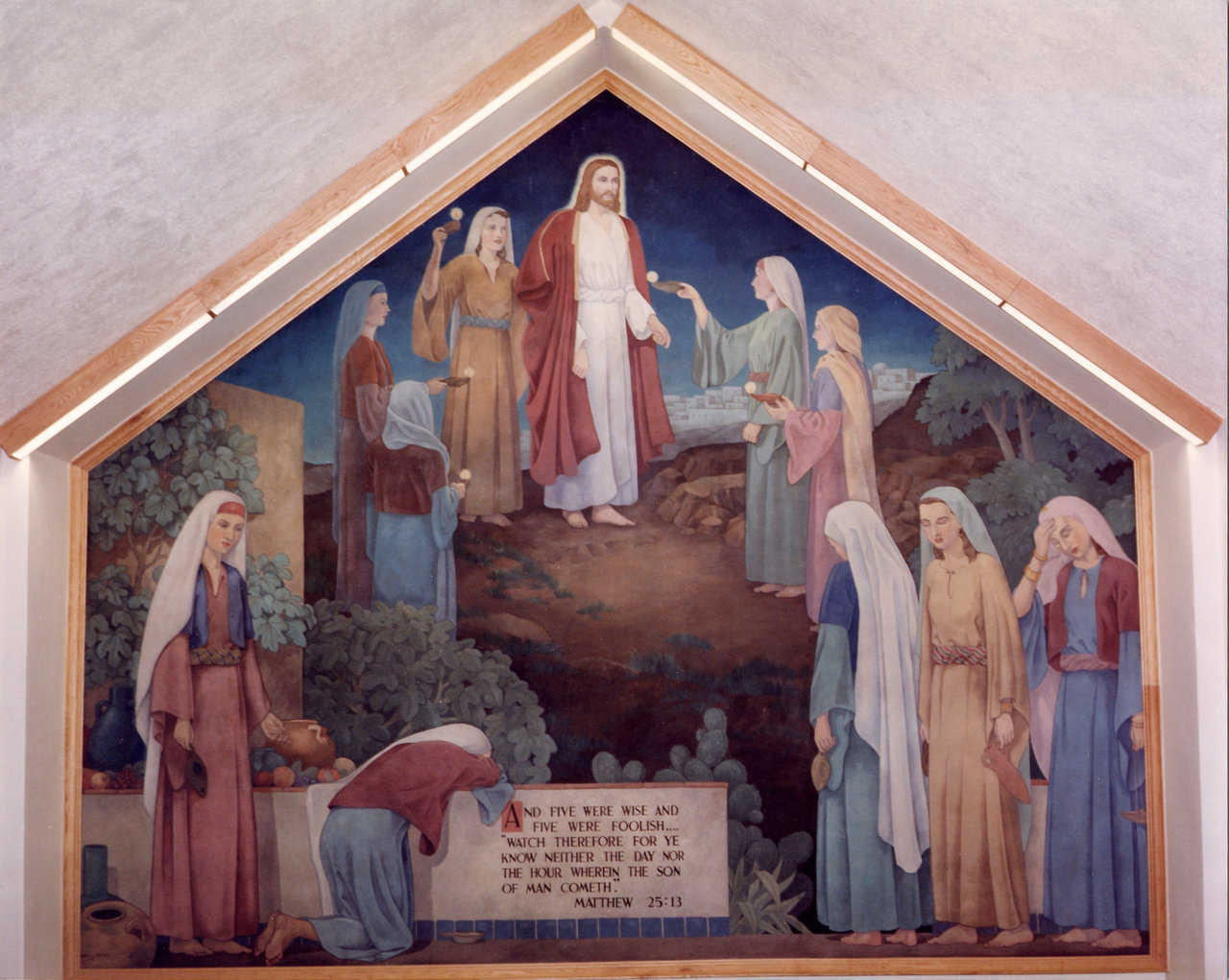A valuable lesson learned
As a young man, I recall sitting in church and looking at a large painted mural at the front of our chapel. It depicted the parable of the ten virgins – five wise and five foolish. I knew that the five foolish ones had arrived without sufficient oil while the five wise ones had plenty. I also knew that when the bridegroom showed up, the smarties who came prepared were allowed to go in with him; the others were not. At the time, I didn’t understand that; it all seemed a bit cruel to me.
As I matured, I realized that preparedness definitely has its rewards. But it is not something that can be done on a whim or in a hurry. In other words, preparedness takes preparation.
Do you recall the panic many experienced as the year 2000 approached? In 1999, particularly the last half of it, Monolithic was inundated with inquiries about “preparedness domes.” The callers were looking for buildings that could protect them from the disasters they believed the new century was sure to bring.
Similar fears permeated our Fall 1999 Workshop – one of Monolithic’s biggest. I was really surprised to learn that some folks expected to attend a Monolithic Dome Builders Workshop in October and have a completed dome by December 31 – just in time for the “coming devastation!” Not a realistic or practical plan.
Generally, building a Monolithic Dome as protection from wind, rain, snow, lightning, terrorism or other disaster requires a year or more of planning and preparation. Unfortunately, some people still think preparedness can be bought at the last minute. That is not true. Significant projects always take time. Most winning athletes, for example, prepare for years. I have never heard of anyone winning a race by getting off the couch and running around the block for thirty minutes the day before the race. Preparation takes time – sometimes only a day, but more often it requires weeks, months or even years of preparation.
Prepare for anything
A person or family seeking to be more prepared might consider their answer to the question: What do you want to be prepared for?
Your answer, like many others might be: Anything that comes our way!
While that sounds simplistic, it is an all-encompassing answer and a good one. There really is no way of knowing what might happen on any given day, so why not prepare for all of it – natural disasters as well as man-made ones?
So let’s say a family wants to be ready for virtually any disaster. They decide to build a Monolithic Dome. Excellent choice! That’s a great start – but only a start. Other items to consider during preparation might include:
- Specific needs for children and/or the elderly
- Accommodations for disabled persons
- Animals and pet provisions
- Food and water supplies
- First aid and medical supplies
- Emergency tools and equipment
- Emergency clothing and bedding
- Transportation with fuel supply
- Cash
Monolithic can design a dome with special features, such as handicap accessibility, to meet specific housing needs, but what about other needed items? Many websites, including government-sponsored agencies such as FEMA, contain detailed how-tos on disaster preparedness. The American Red Cross maintains one of the best sites.
Some people say, “Well, we don’t know what will happen, so we’re not going to worry about preparedness.”
But most of us will experience an emergency in our lives. That emergency may not be as devastating as a tornado or hurricane. It might be something with an easier recovery, such as losing a job. But whether it’s completely devastating or just a temporary setback, wouldn’t it be nice to have an energy-efficient home to live in, extra money, food and fuel?
In other words, what we do to prepare ourselves for unfortunate events is never a waste. That includes planning a safe home, a Monolithic Dome – one of the safest, most protective homes that can be built.
Originally published September 2005
